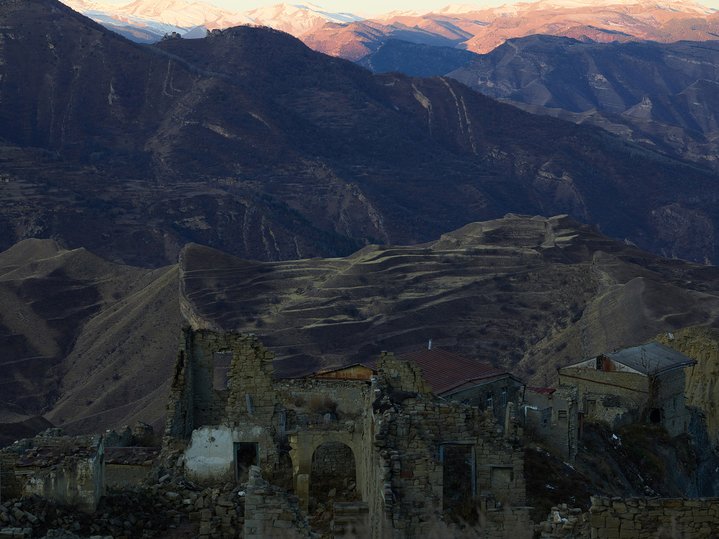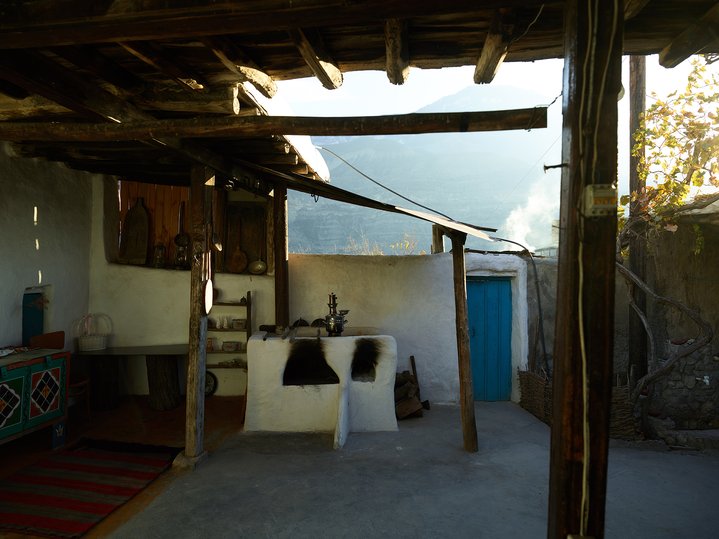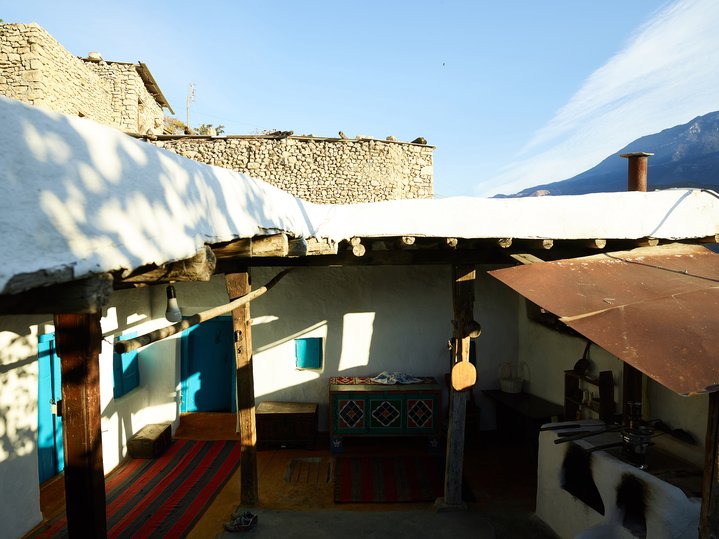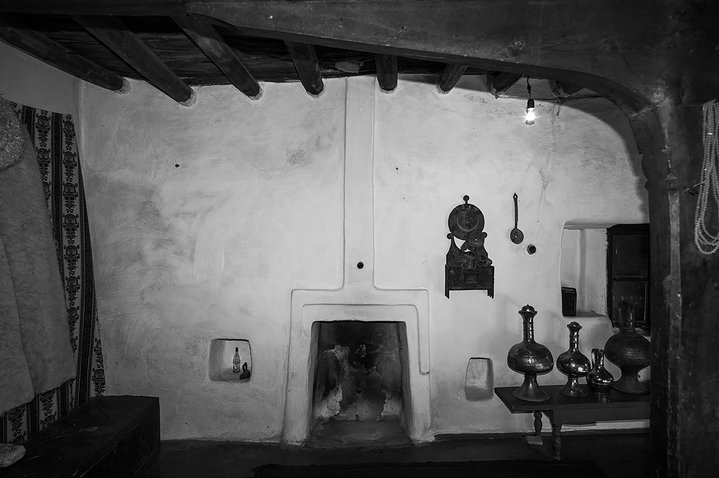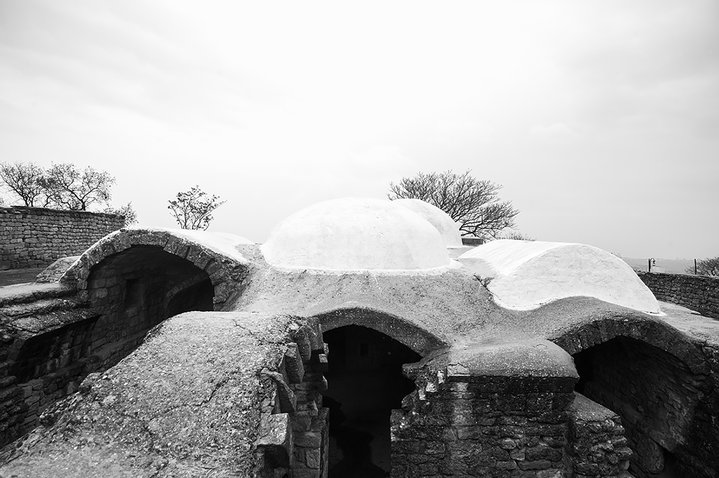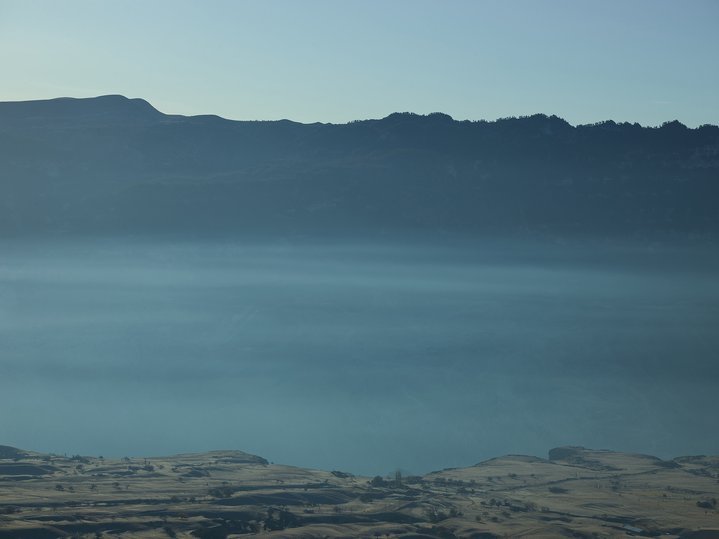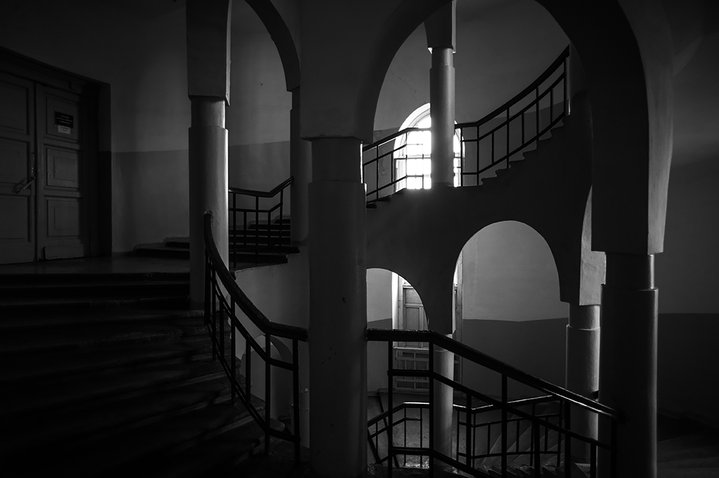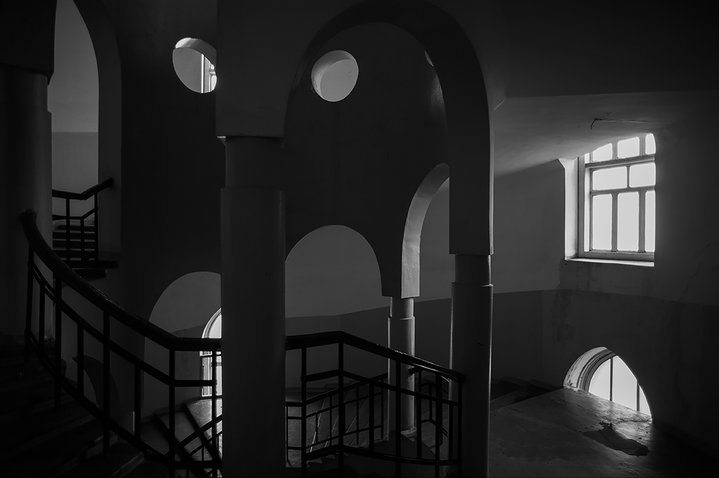Window to the Caucasus
Dagestan, a small Russian republic with a troubled history, is the subject of a new project by the artist and photographer Sergey Sapozhnikov (b. 1984), who hopes to restore that region’s reputation and refocus attention on its stunning mountain landscapes and ancient architecture.
Located on the Caspian Sea in the North Caucasus as late as 2011, Dagestan was being described by the BBC as “the most dangerous place in Europe”, following a spate of bombings and shootouts between the police and Islamic fundamentalists. The Russian republic is now far more settled, but the stereotypes remain, according to Sapozhnikov, who just spent several weeks there as part of a nomadic art residency organized by Moscow’s Smart Art and sponsored by a local cosmetics company called 'Visage Hall'.
The fact that this artist is himself from Rostov-on-Don, a city commonly known in Russia as “the Gates to Northern Caucasus”, made the task considerably easier. “We’re just a thousand kilometers from Dagestan, which is nothing for a country the size of Russia,” says Sapozhnikov. “About 70 percent of the population is actually from the Caucasus and from our schooldays we mix with different ethnicities, such as Dagestanis, Chechens, Georgians and Armenians, so it’s easier for us to understand these cultures and interact with them.”
The project is based on simpler foundations, according to Sapozhnikov. “I’m an artist who loves beauty. I’m fascinated by architecture, I love things that are well made, that are well planned, and that’s often the focus of my work, but I also want to show the mountains. Nature is the most fascinating thing that you can show in Dagestan.” The combination of manmade constructions and the natural landscape is entirely fitting for Dagestan. One of the most striking features in the region are the countless terraces on the mountain slopes, built over centuries by farmers struggling to hold the soil in place for cultivation. Now largely unused, they are slowly being reclaimed by the creep of nature. Just as breathtaking are the now abandoned old stone villages.
Originally built on high mountain ridges and rocky outcrops, their inhabitants were driven out in Soviet times and forced to resettle lower down in the valleys, as part of a drive to increase agricultural output. Only the ghosts of the past remain in the deserted stone houses, mosques and watchtowers that are stacked on almost vertical cliff faces. For Sapozhnikov, photographing the landscapes and architecture of Dagestan also serves another, wider purpose. “We have a problem in Russia in that we perceive the entire country as being just a few cities – Moscow, and to a lesser extent St. Petersburg – and the art world is incredibly centralized there, so people don’t really know Dagestan or the other regions. This is changing, however. New technologies mean that people don’t have to go to Moscow to work or to establish themselves in the art world.”
That shift in attention is being further enhanced by another, more recent factor, the impact of Covid-19. Restrictions limiting travel abroad have meant that Russians – artists included – are now exploring new, unfamiliar destinations that are closer to home and Sapozhnikov is no exception. “We have to break the stereotypes so that people can at least consider the possibility that Dagestan can be a part of their lives.”








